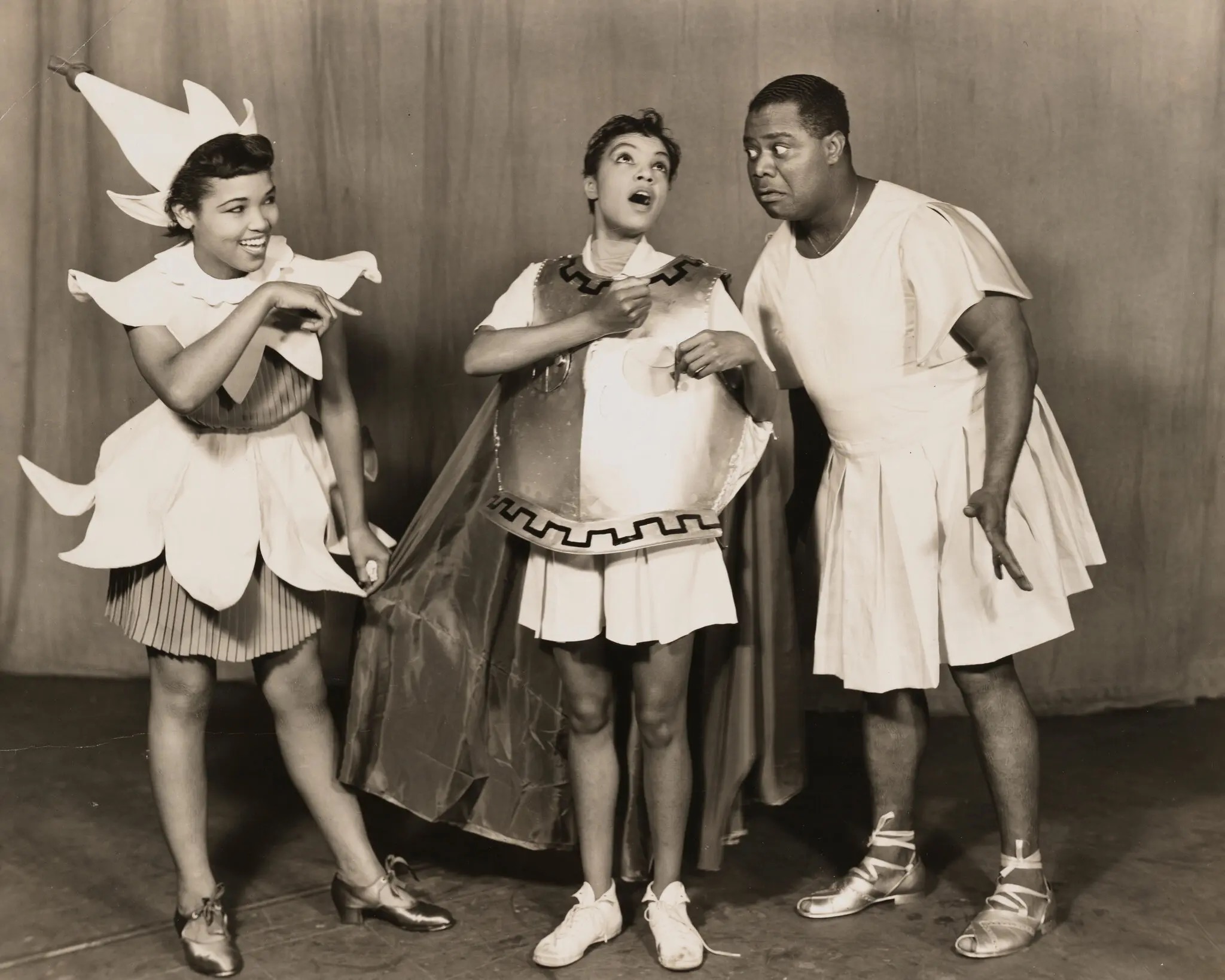Links and write-ups about beautiful things from around the web!
-
Paul Ford gifts us a new modern lexicon for time
“Eileen, pace yourself. It’s only Scrumspan. We’ve got three lightmodes to go before good-binge.”
-
Anil Dash on A New Web Renaissance
Lots that I agree with in this post, including this short paragraph that speaks to both the web3 of 2022, but definitely reminds me of what excited me in the early days of learning about the WWW:
People should have ownership and control of their data online. Users should be able to connect to services and then move between them freely without having to ask permission from any big tech companies. Creators should be fairly compensated for their work. Communities and movements should easily be able to form groups and collaborate together to achieve their goals.
-
RIP to the OG Alamo Drafthouse

Another iconic Austin location bites the dust to make way for a new downtown tower: this time it’s the warehouse between 4th and 5th Streets on Colorado, which in the late 1990s became the upstairs home of the very first Alamo Drafthouse with its tiny single screen. Elijah Wood perfectly described it like being “somewhere between a movie theater, an attic, and a living room.”
If you’re nostalgic, now’s a good time to go read the Austin Monthly Oral History of the Alamo Drafthouse which has some great anecdotes about that space:
Elle Klein: Tim had lined the walls of the theater with hay bales. They were covered with black curtains … There was the wall, then hay bales, then a black curtain. There would constantly be hay coming out on the floor. We would sweep up hay at the end of the night.
Yup. Who needs special acoustic panels for soundproofing when you can just stuff the walls with hay??
There have been serious problems caused by the Drafthouse leadership over the past decade, even as they continue to open dozens of locations around the U.S., but I do miss the spirit of that first little theater and the amazing movies and community experiences that I would never have seen otherwise.
-
Max Planck Society: Glyph
Getting burned out on playing Wordle? Want something that’s more about the letters individually? Want to play around with taxonomies of multicultural letterforms for the sake of science? (who wouldn’t??)
Glyph is a newly-launched game that will help researchers better understand how crowdsourced individuals around the word perceive the shapes, texture, and patterns of letters from 45 different written languages. The video below explains how it works:
-
Why Are Letters Shaped the Way They Are?
Over on Vice, an interesting write-up on a growing movement in the field of linguistics: that the sounds of words or letterforms themselves can have direct relationships to their referent:
The Color Game did more than show how languages form over time, it violated a long-standing rule in linguistics: the rule of arbitrariness. In the subject of semiotics, or the use of signs and symbols to convey meaning, most students are taught about the theories of linguist Ferdinand de Saussure. He wrote that the letters and words in many writing and language systems have no relationship to what they refer to. The word “cat” doesn’t have anything particularly cat-like about it. The reason that “cat” means cat is because English speakers have decided so—it’s a social convention, not anything ingrained in the letters c-a-t. […] But the idea that words, or other signs, do actually relate to what they’re describing has been gaining ground. This is called iconicity: when a spoken or written word, or a gestured sign, is iconic in some way to what it’s referring to.
Aside from familiar English onomatopoeia like bang, chirp, etc., see the takete/maluma effect or bouba/kiki effect, as examples of words that “sound” like something. From the Vice article:
This effect extends beyond made up words. In 2021, researchers wrote about how words in English like ball, globe, balloon and hoop have more round vowels and sounds, compared to angular or spiky objects, such as spike, fork, cactus and shrapnel.
Now I’m also thinking of:
-
Austin Film Tourism Guide
I’m a sucker for figuring out where very specific things were filmed in Austin, and my neighborhood has been swarmed recently with TV shoots, so this handy new mini-site and interactive map from the Austin Visitor Center is right up my alley.
-
Colors: Where did they go?
A nice write-up on color grading in films, especially after the 1990s advent of digital intermediates and LUTs — or to say it more clearly, Why do movies all look like that these days??
-
Swinging the Dream

In 1939 there was a Broadway production of a jazz-themed Midsummer Night’s Dream called Swinging the Dream, featuring Butterfly McQueen, Louis Armstrong, Moms Mabley, Dorothy Dandridge, and many others (a cast of 110!), with music performed by Benny Goodman’s sextet joining the pit orchestra. It ran for less than 2 weeks before collapsing as a failure.
From a NY Times writeup of an early 2021 effort to revisit Swinging the Dream:
“I just want to know what happened, why that lineup crashes, and then why the show seems so entirely to disappear,” said Gregory Doran, the artistic director of the Royal Shakespeare Company.
“The critics are telling us that it did not hang together, that the mash-up did not work,” Kwei-Armah [artistic director of the Young Vic] said. “I’m interested in why it didn’t work. Also, just because they said that it didn’t work doesn’t mean that it didn’t work!”
Even if it was a failed concept on Broadway, it’s definitely an interesting inflection point for American theater, music, and race (it’s telling that the famous and celebrated Black performers were still relegated to the “secondary” roles in the play, the fairies and mechanicals, rather than acting in the lead love interest roles…)
-
Lippmann Photography — First Color Spectrum Photos
In the 1890s the French physicist Gabriel Lippmann devised a new method of taking photographs that led to the first photographic recording of color:
Lippmann’s color photography process involved projecting the optical image as usual onto a photographic plate. The projection was done through a glass plate coated with a transparent emulsion of very fine silver halide grains on the other side. There was also a liquid mercury mirror in contact with the emulsion, so the projected light traveled through the emulsion, hit the mirror, and was reflected back into the emulsion.
The resulting plates are pretty cool looking, as seen in the video — very similar to the discovery of holography decades later — and technically they record a wider spectrum of color than our standard modern imaging techniques. He won the Nobel Prize in 1908 for his research, but the method was largely shelved due to the complexity of the process and the inability to make color prints, which also didn’t appear commercially until much later.
In 2021 researchers at the Ecole Polytechnique Fédérale de Lausanne published a paper on their research into Lippmann’s images, including a new method that lets us see the images closer to the original color captured in the photographic scene.
Side trivia: among Lippmann’s doctoral students at the Sarbonne was Maria Sklodowska, later a winner of multiple Nobel prizes herself, under her better-known married name: Marie Curie!
-
Werner Herzog’s Minnesota Declaration
Ostensibly a bulleted list of thoughts about Cinema Verité, there are some interesting nuggets in this “declaration” of “truths” that Werner Herzog shared with Roger Ebert back in 1999:
7. Tourism is sin, and travel on foot virtue.
8. Each year at springtime scores of people on snowmobiles crash through the melting ice on the lakes of Minnesota and drown. Pressure is mounting on the new governor to pass a protective law. He, the former wrestler and bodyguard, has the only sage answer to this: “You can´t legislate stupidity.”
9. The gauntlet is hereby thrown down.
[…]
12. Life in the oceans must be sheer hell. A vast, merciless hell of permanent and immediate danger. So much of a hell that during evolution some species – including man – crawled, fled onto some small continents of solid land, where the Lessons of Darkness continue.
